This year's wildfires are earlier, more frequent, and bigger than ever before - and they show no sign of slowing
The Erskine Fire is one of at least nine major wildfires burning in the state right now, and one of 40 or more burning the parched western US.

Tom Vilsack, the US Agriculture Secretary, has said the US can expect extreme fire seasons to become "the new normal."
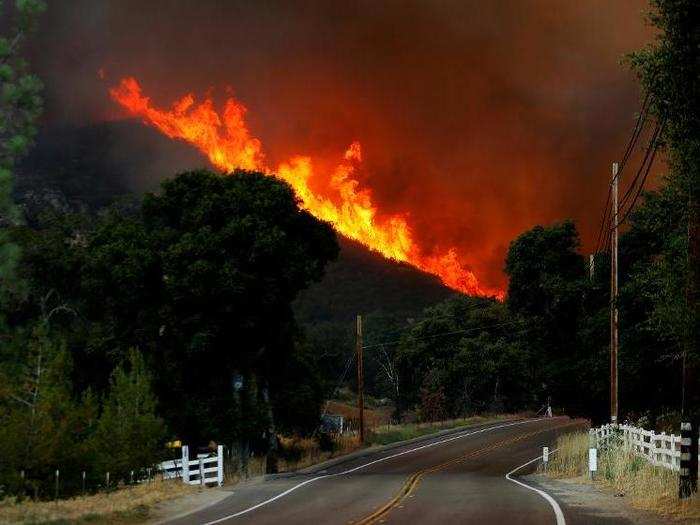
Source: AZ Central
This year's el Nino event brought more rain to the area than in previous years (though not enough to end the drought). Grasses sprung up, then dried out, turning the hillsides into tinderboxes.
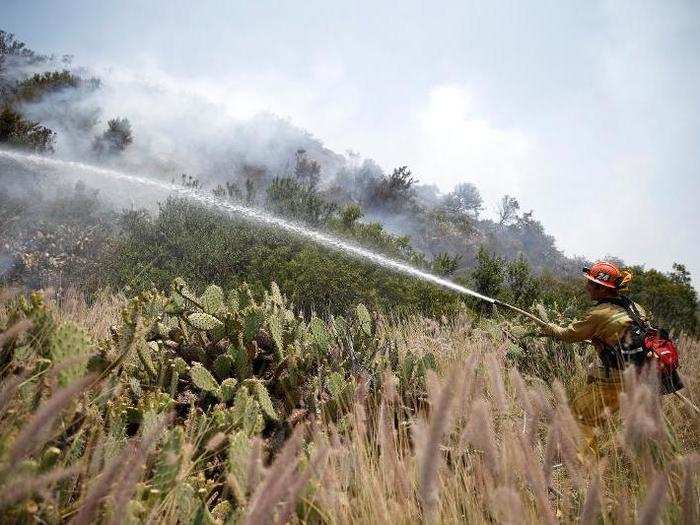
The state of California has invested $6 million in equipment that will be used to clear away 30 million dead trees, killed by drought and bark beetles, before they go up in flames.
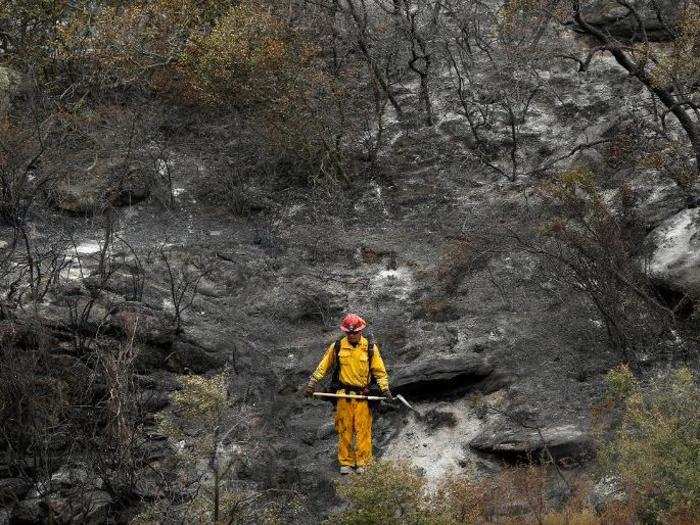
Source: Grist
In the last week alone, the area burned by wildfires tripled, from 32,000 acres to more than 98,000. The Eskrine accounts for about half of that total.
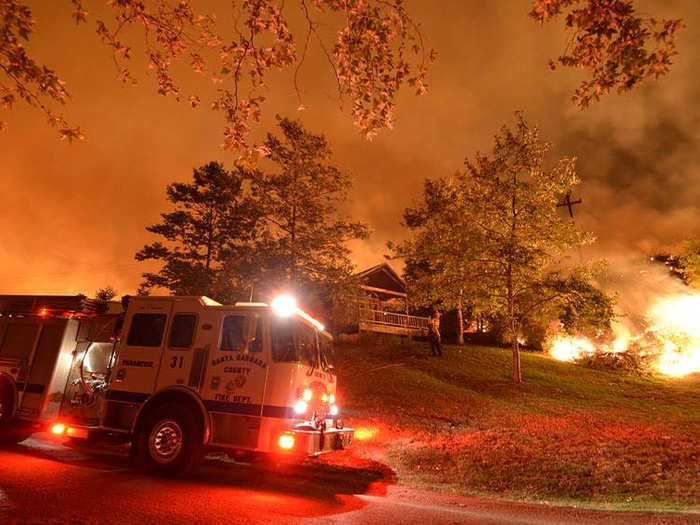
Source: Mother Jones
The fire is so big, its smoke plume can be seen from space.
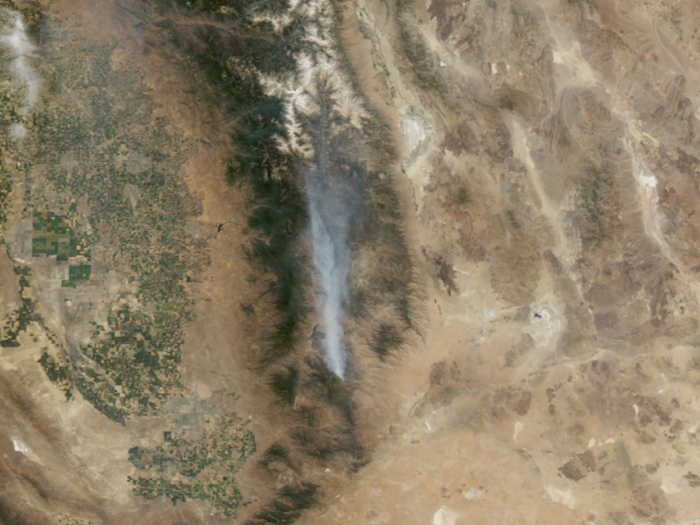
Fire season started in March, at least six weeks earlier than usual. But fire seasons are also getting longer due to changing precipitation patterns, and could last until December.
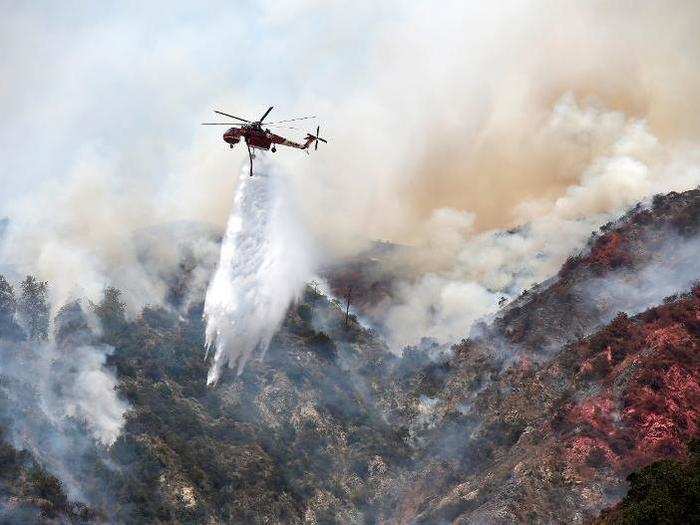
Source: NASA, Washington Post
Over the weekend, temperatures in the region soared. Palm Springs reached a record 119 degrees Fahrenheit. Hot winds further complicated fire-fighting efforts.
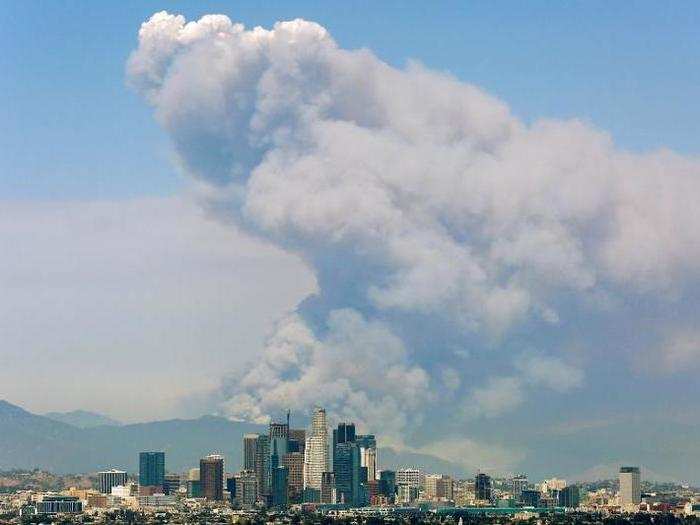
Source: Newsweek
California is far from the only state being slammed by unseasonable wildfires. Nevada, New Mexico, Arizona, Oklahoma, Kansas, and Alaska have all seen huge burns this year. Around 20 started in Alaska this weekend alone.
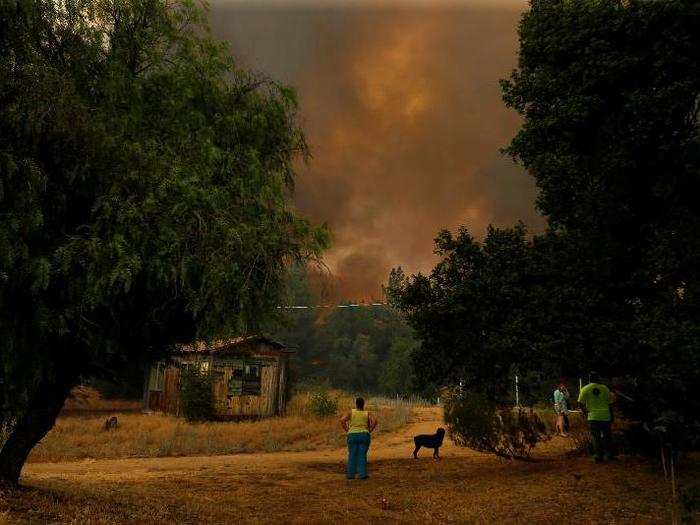
Source:Washington Post, Alaska Dispatch News
Not to mention May's fire in Fort McMurray, Alberta, which sparked the largest-ever evacuation in Canadian history.
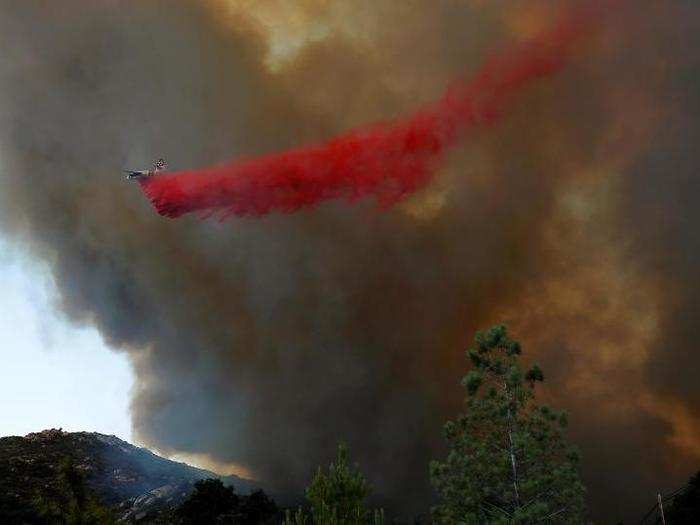
Source: Tech Insider
Fires are expected to become larger, more frequent, and more severe as global warming progresses and western states barrel toward a projected mega-drought.
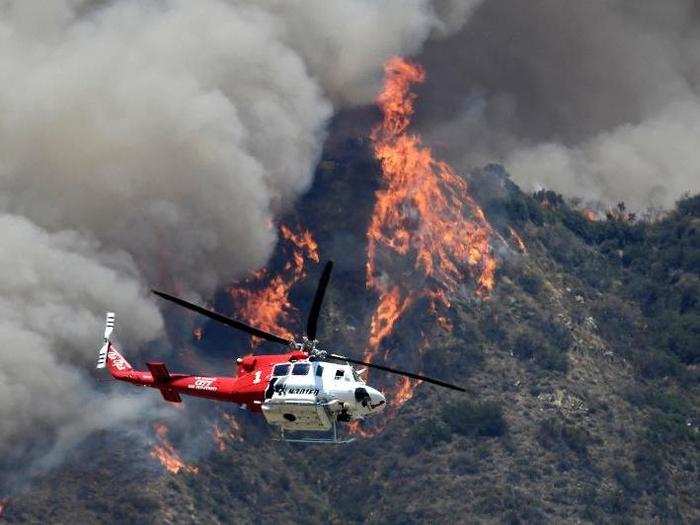
Source: Union of Concerned Scientists
Wildfires are part of the natural ecosystem of the western US, but not like this. Ten of the 20 largest fires on record have occurred since 2002. Records have been kept for nearly a century.
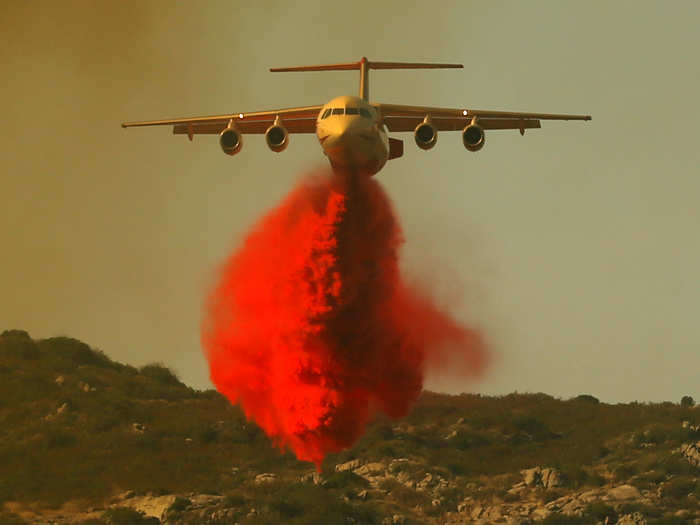
Source: Wired
Average ground temperatures in western states have already risen 1.9 degrees since 1970, and are expected to climb by at least another 2. The area burned could rise by 60% — but some scientists are projecting that it could double.
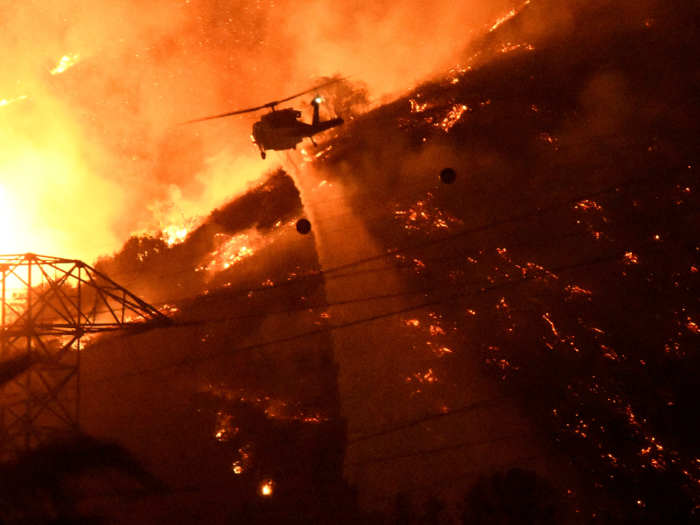
Source: Columbia University
It's not just climate change — it's also an issue of land management and fire suppression techniques — but most scientists agree that our warming globe is at least a factor.
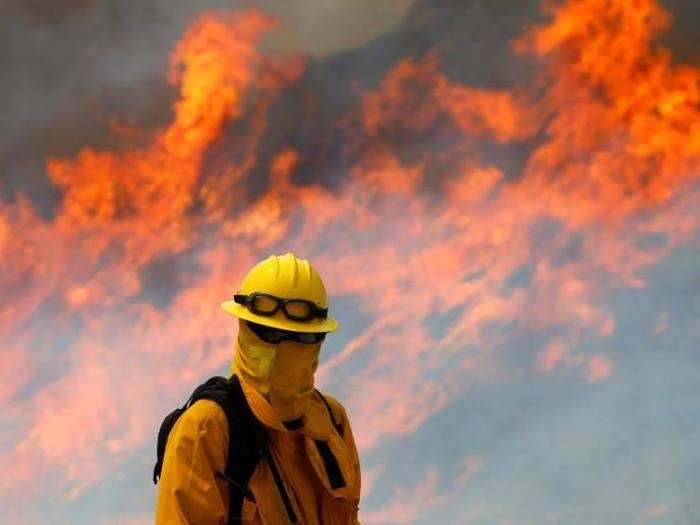
While California and its neighbors prepare for this year's devastation, scientists and policymakers are trying to figure out what to do with a house (or hundreds) on fire.
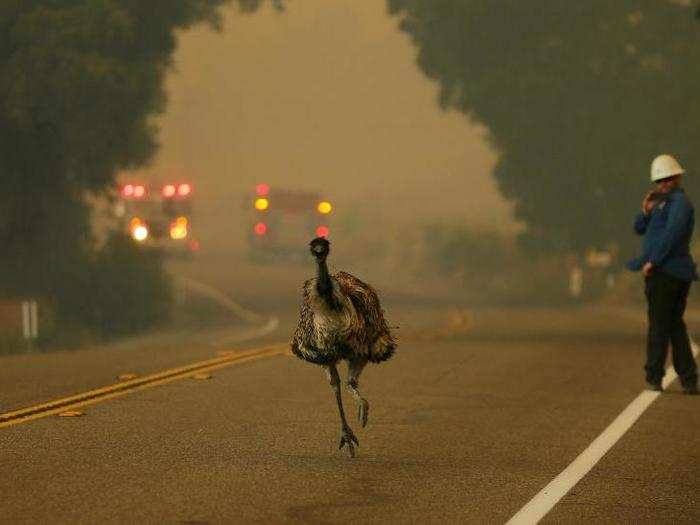
Popular Right Now
Advertisement